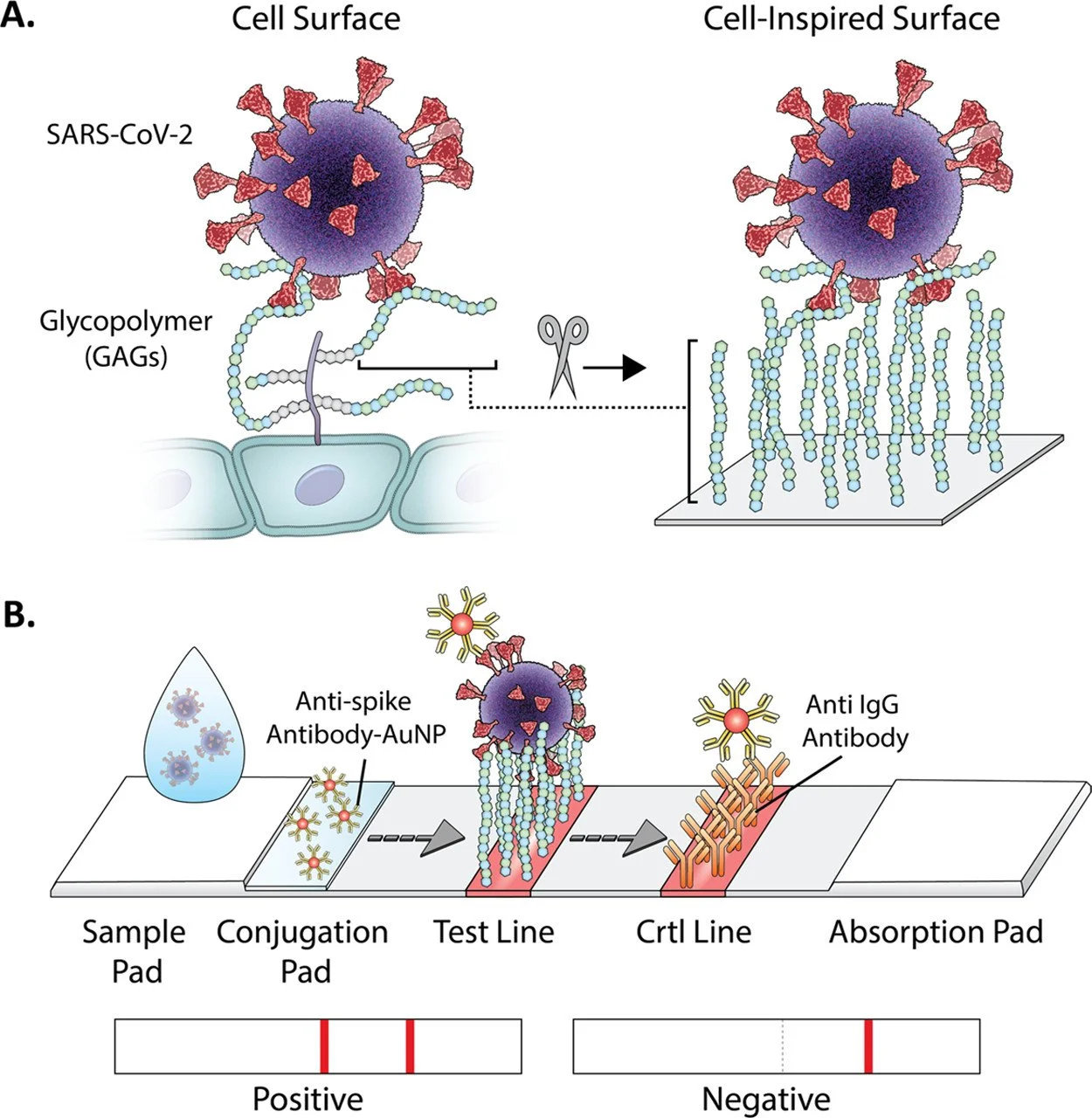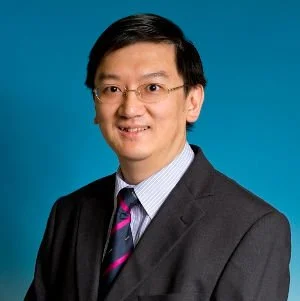2022 News & Careers
January
Can physics really answer our questions that we have around sports? The fascination we have for certain athletes and their incredible talent can lead us to ponder around how they score or win specific games. Nevertheless, the hard link of physics and sports allows us to obtain answers for those curiosities. Delving more into the research, we can understand and learn about what the future could hold with new advancements for the industry of sports and why we can appreciate the study of physics.
Since its inception, the Journal of Young Investigators (JYI) has strived to offer undergraduate researchers a voice in the scientific world and extend the undergraduate experience to encompass academic publishing. Through enabling undergraduate researchers to both submit novel research articles and take part in every step of the Journal’s everyday operations, JYI staff, Board of Directors, and university mentors across the world have provided undergraduates access to the research process.
The Journal of Young Investigators, established in 1997, is doubling down its support in undergraduate scientific experience by diversifying the content with in Editorial articles as the latest addition. This move is followed by the first published JYI editorial written by Brian Lee, Alexis Gkantiragas, Yi Ting Loo, and Brittany Pugh outlining the fundamental aspects of editorials.
February
What do we know about tremors and ultimately how serious can they be? We often experience mild tremors; however, there are cases that are more prominent that disrupt our activation mode and parts of our body through involuntary movement. Nevertheless, are we able to either find a cure or expedite the process of knowing if we have them? Researchers have discovered a way through a specific device that would allow physicians to diagnosis tremors in a faster manner.
When Cy-bug—a robotic, buglike virus—got stranded in the Sugar Rush world, the protagonists faced some serious difficulty finding it. The thick sugar particles in the atmosphere jammed their sensors making it impossible to spot this evil creature. While that can happen in a Wreck-It Ralph universe, the opposites are true in the real world. A recent paper published in ACS Central Science showed a successful development of SARS-CoV-2 detection kit with the help of sugar mixtures.
We have heard an awful lot about viruses since the Coronavirus pandemic has swept the nation, creating uncertainty and shaking families by the unexpected loss of loved ones. But, what are viruses? And more importantly, what do they want?
March
Nanotechnology is a new and growing area of science and engineering concerned with the use of small scale materials. A fascinating application of such tools have been in the diagnosis and treatment of brain tumours. As such, Qiaojing and colleagues have published a paper examining the use of nanotechnological tools in the prognosis of brain tumours. Although there are obstacles yet to be overcome in the use of nanomaterials to diagnose and treat brain tumours such as neurotoxicity, the future of this treatment looks promising.
April
The properties of magnetism, protein structure analysis, stress and strain in jet engines, explosive materials, energy and matter are all essential domains for the development of our society that require research efforts and in-depth studies using neutron optics. The neutron chopper, invented in 1935, is a device that filters beams of neutrons at different energy levels using a rotating chopper blade. Neutron absorbing disks in the chopper rotate at high speeds to chop neutron beams, resulting in neutron beams at uniform energy levels. As you can imagine, with this high level of functionality, it is indisputable that an immense amount of heat and stress is generated. Extensive heat and stress can reduce the functionality of the neutron chopper and increase its risk of structural failure. Improving the design of the neutron chopper to accommodate the high heat and stress created can enable scientists to continue studying fundamental topics of human interest.
Genetic counselors are the masters of interpreting and, more importantly, communicating uncertainty. They are trained to communicate complex and difficult information to families and patients about the risk of genetic disease based on an evaluation of family history, available testing options, and provide counseling services to understand results. Their training includes a blend of psychosocial counseling, critical thinking, problem-solving, and scientific knowledge, meaning they have a well-rounded skill set desirable to many fields. In fact, although many genetic counselors go on to interface with patients in a traditional clinical setting, there are opportunities to creatively apply genetic counseling to many different fields ranging from politics to tech, to nonprofits and more.
May
COVID-19, caused by SARS-CoV-2 virus, emerged in late 2019 into a global pandemic. Although governments worldwide imposed lockdown restrictions, the number of COVID-19 cases was not well-controlled as evidenced by the recurrence of waves. Realising that it is not feasible to suspend all activities indefinitely, infectious disease experts have been investigating policies to minimise disease transmission.
Many are familiar with supermassive black holes, but few have heard of Active Galactic Nuclei (AGN). A black hole is a region of space where gravity is so strong that nothing, not even light, can escape. Supermassive black holes are the largest of black holes and are believed to lie at the center of all large galaxies including our Milky Way. An active galactic nucleus only occurs when a supermassive black hole is actively feeding on material. When dust and gas orbit just beyond the edge — known as an event horizon — of a supermassive black hole, the particles collide and release energy in the form of heat and light, forming a bright halo called an accretion disc. These particles heat up to millions of degrees and some are ejected along strong magnetic fields into two jets that shoot along the axis of the supermassive black hole for hundreds of thousands of lightyears. The central region of the galaxy can be more luminous than all the stars in the galaxy combined and this is an AGN. The most luminous AGN to date shines as brightly as 600 trillion suns.
June
The abundance of protein has long intrigued researchers. With more than 20,000 protein molecules currently identified, researchers are racing to unravel their roles in human health and disease. To do this, researchers monitor protein activities inside a cell using a tag that produces light in nature. However, who would have thought that this light-producing tag is also a protein molecule termed as a bioluminescent? In a scoping review published in the March issue of the Journal of Young Investigators, Kwing Yeung Chan, Hugo Yat Hei Kwong, and Dei Men Szeto from the University of Hong Kong recount the chronicle of a specific bioluminescent from its discovery to its application.
Immune cells are important cells that play many functions in the body: defending against pathogens and repairing tissue after injury. Perhaps the most well-known function of the immune cells is its protection against pathogens. Each day, we breathe in about a million microorganisms into our lungs, including fungi, bacteria, and viruses, and this number can be much higher depending on the environment we are in. As such, immune cells are vital in promoting rapid clearance and removal of these pathogens before they can cause an infection.
July
In a study done by Alyssa M. Taylor-LaPole, Helen C. Funny, and Keith R. Shockley from Virginia Wesleyan University and published by the Journal of Young Investigators, these questions were put to the test by analyzing the body weights of rodents among normal and non-normal populations, testing the power of our trusty parametric testing system against the statistical assumption of normality.
From Tanner’s perspective, effective communication with children firstly involves jumping out of the “white coat” image of doctors. In the wards, Tanner is not only a doctor who corrects children’s electrolyte disturbances or dehydration, but also a big sister who jokes along with sick children. It is essential for children to realise that doctors do not only approach them for physical examination or blood-taking, but also treat them as friends. While this is a soft skill that can be easily acquired, the technique of describing medical conditions to the paediatric population requires even more practice.
In a paper published in this issue of the Journal of Young Investigators, Sie and coworkers analyzed single-cell RNA sequencing (scRNA-seq) datasets from Stewart et al. Using bioinformatics tools, Sie et al. aim to shed insights on the possible therapeutic targets for resistant SCLC — a condition defined as SCLC relapse that occurs within 60 days after first-line treatment.
Transposable Elements (TEs) have been well investigated in tumorigenesis, yet their role as developmental regulators has only recently been recognized, thus stirring the interest towards a likely link between TEs expressed in early development and those expressed in tumorigenesis, since both states exhibit functional and molecular similarities.
August
Coronavirus Disease 2019 (COVID-19), caused by the SARS-CoV-2 virus, emerged in late 2019 and has become a pandemic. Although SARS-CoV-2 primarily attacks host respiratory tracts, as suggested by its name, the virus can also cause inflammation-mediated multi-organ injury upon binding to angiotensin-converting enzyme 2 (ACE2) receptors in other host cell types. This condition is described as multi-system inflammatory syndrome in children (MIS-C) or adults (MIS-A).
Jeanne McDonald, a PhD candidate in the Department of Ecology and Evolutionary Biology at Cornell University, is currently working at the Reed lab. She is researching the developmental genes behind the intricacies of such butterfly patterns in addition to how they have evolved and diverged over centuries to create the multitude of color patterns we see in nature today.
September
In the United States, safety-net clinic services aim at providing these individuals with accessible and affordable healthcare, along with transport and legal services. Personally, what do clinic users think about these services? To answer this question, Howard et al from the University of Washington Tacoma carried out an open-ended single-question survey. Their findings have been published in the September issue of the Journal of Young Investigators.
Caffeine has reached the hearts (and perhaps brains) of many, yet as ubiquitous as caffeine is in our daily lives, research into caffeine as a chemical has barely begun to scratch the surface. Recently, a 2021 study analyzed potential pharmaceutical uses of caffeine as a pain reliever and prevention for neurodegenerative diseases including dementia, Alzheimer’s, and Parkinson’s.
October
From negotiating property prices to blind-guessing the result of a long multiplication, the previous exposure to certain data can greatly influence our choices and decisions. This phenomenon, first theorized by Amos Tversky and Daniel Kahneman, is called anchoring: a cognitive bias where a particular reference point or 'anchor' influences an individual's decisions. This exposure to a value and its influence in decision making plays a big role in both the scientific community where anchoring could introduce a human bias into research, as well as in day-to-day life where the existence of anchors could be a powerful tool in marketing, economic decisions, or negotiations.
The battle with finding a cure for cancer has been long and arduous, given that it is a unique disease arising from a random change in genetic material. However, in recent years we have come to realize that our body has all the machinery needed to fight cancer on its own, but a few key players, monocytes and macrocytes, prevent our body from eradicating cancer cells. The review paper published in the October issue of the Journal of Young Investigators analyzes how the immune cells monocytes and macrophages affect tumor cell growth as well as how we are combating this issue.
November
Robert A. Raguso, researcher and full-time professor for the Department of Neurobiology and Behavior at Cornell University, has explored the intersection between the chemistry of scents and the behavioral biology of pollinators for roughly a decade, yielding several publications, inspired students, and the most surprising of results to this burgeoning field. He continues to teach students about the mechanistic, evolutionary, developmental, and functional aspects of animal behavior, as well as lead a research laboratory focusing on plant-pollinator communication, specifically by investigating the hawk moth species.
Al Refaei, Shewaikani, and colleagues from the University of Jordan, University of Baghdad, and University of Damascus gathered the experiences of university students across three Middle Eastern countries to gauge the psychological impacts of home quarantine and associated risk factors in the latest issue of the Journal of Young Investigators.
In a study published in the August issue of the Journal of Young Investigators, Abiola Samson Olaniyi of Osun State University sheds light on the genetic potential of Amaranth by analyzing and comparing the vegetative characteristics and growth of four different Grain Amaranth varieties.
The Journal of Young Investigators had the pleasure to interview Professor Ting Fan Leung and understand his career as a university-affiliated pediatrician.
December
In research published in the Journal of Young Investigators, the authors U. Bhetuwal, A. Chavez and I. Dobes in collaboration with Carnegie Mellon University, SUAMI and Dr. Wigner define the concept of the Zero Risk strategy. The Zero Risk strategy aims to depict a series of requirements that a conservative player needs to follow to obtain a favorable outcome in the game.























